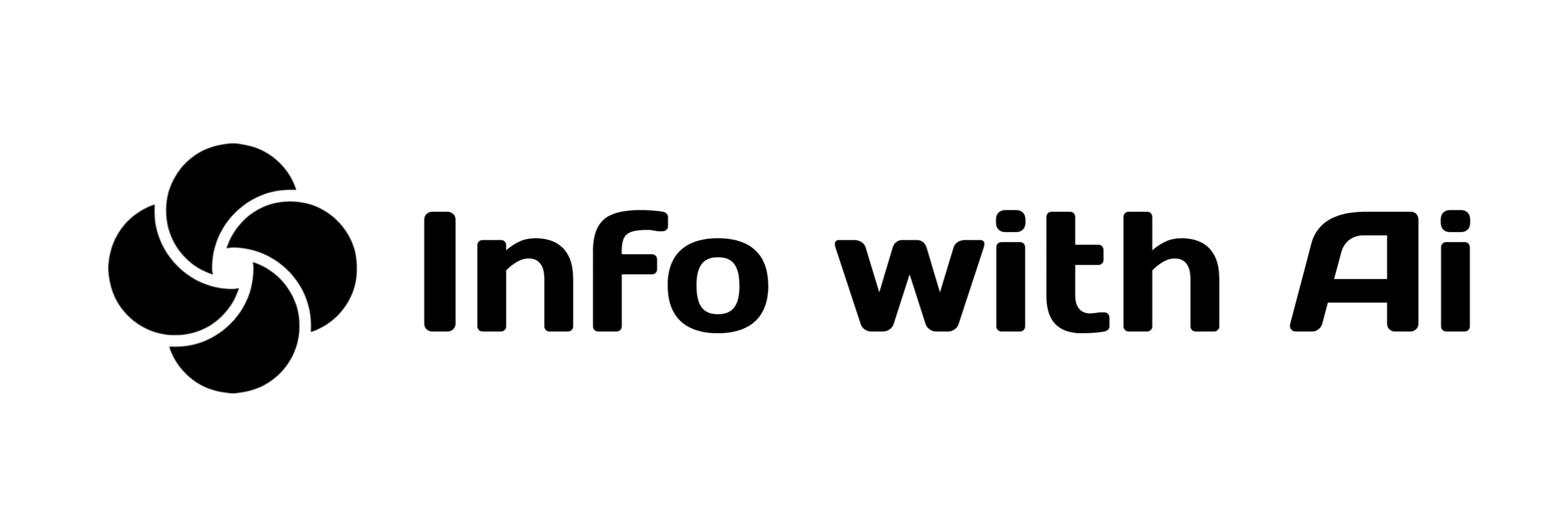Social media has become a powerful tool for business growth, with effective management and content creation playing a crucial role in reaching audiences, increasing engagement, and driving brand loyalty. Here’s a comprehensive guide on mastering social media management and content creation strategies that can transform your brand’s online presence.
1. Define Your Social Media Goals
Clearly defined goals are essential in social media management. These goals will guide your content creation strategy and help measure success. Some common goals include:
- Increasing Brand Awareness: Use engaging posts to build brand recognition.
- Driving Website Traffic: Create content with calls to action that lead users to your website.
- Improving Customer Engagement: Use interactive content to connect with followers and build a community.
- Generating Leads: Develop posts that encourage sign-ups or inquiries for services.
2. Know Your Target Audience
Understanding your target audience is key to creating content that resonates. Research demographics, preferences, and pain points to create posts that are relevant and appealing. You can use tools like Facebook Insights and Google Analytics to gather data on your audience.
3. Choose the Right Social Media Platforms
Not all social media platforms are suited for every brand. Choose platforms based on where your target audience spends the most time:
- Instagram: Great for brands focused on visuals, lifestyle, and products.
- LinkedIn: Ideal for B2B companies, networking, and thought leadership.
- Twitter: Effective for real-time engagement and quick updates.
- TikTok: Suited for short, entertaining video content targeting younger audiences. Focus on 2-3 platforms to start, and expand as your strategy develops.
4. Content Planning and Calendar Creation
A content calendar ensures a consistent posting schedule, which is essential for maintaining engagement. Use tools like Buffer or Hootsuite to plan content in advance, aligning with specific events, promotions, and holidays. Your calendar should include:
- Content Themes: Weekly or monthly themes that align with your brand message.
- Posting Schedule: Optimal posting times based on audience activity.
- Content Mix: A balance of educational, promotional, and interactive content.
5. Types of Content for Maximum Engagement
Content variety keeps your audience engaged and interested. Incorporate the following content types:
- Images and Graphics: Share visually appealing images to capture attention.
- Videos: Use short videos for quick tutorials, product demos, or behind-the-scenes insights.
- Infographics: Visual representations of information, ideal for conveying complex data.
- User-Generated Content: Encourage followers to share their experiences with your brand.
6. Creating High-Quality Visuals
Visually appealing content stands out and captures audience attention. Use tools like Canva or Adobe Spark for graphic design, and ensure your images and videos are of high quality. Consistent branding elements, like colors and fonts, help create a cohesive look across posts.
7. Writing Engaging Captions
Captions are just as important as visuals. They should be engaging and authentic to reflect your brand’s voice. Keep captions short but meaningful, and use these tactics to boost engagement:
- Questions and Polls: Prompt responses to increase interaction.
- Call to Action: Encourage users to take action, like visiting a link or tagging a friend.
- Emojis: Add personality and make your captions visually appealing.
8. Leveraging Hashtags for Discoverability
Hashtags increase the visibility of your posts by making them discoverable to a broader audience. Use relevant and trending hashtags to maximize reach. Some tips include:
- Branded Hashtags: Create a unique hashtag for your brand, like #YourBrandName.
- Niche Hashtags: Use industry-specific hashtags to target relevant audiences.
- Trending Hashtags: Use trending hashtags sparingly to reach a wider audience.
9. Analyzing and Adjusting Your Strategy
Regular analysis helps you understand what’s working and what isn’t. Most platforms offer analytics tools that provide insights into:
- Engagement Rates: Number of likes, comments, shares, and saves.
- Follower Growth: Track changes in follower count over time.
- Content Performance: Identify top-performing posts for future planning. Use these insights to adjust your content strategy for better results.
10. Staying Updated with Social Media Trends
Social media trends change rapidly. Stay updated to keep your content fresh and relevant. Follow industry blogs, join online communities, and experiment with new content formats to see what resonates with your audience.
Social media management and content creation can boost your business’s online presence, strengthen your brand, and attract a loyal audience. By setting clear goals, choosing the right platforms, and creating engaging content, you’ll establish a strong digital footprint and drive growth in 2024.
Related Resources:
- HubSpot Social Media Guide – Comprehensive guide to social media strategy
- Buffer Social Media Management – Tool for scheduling and analyzing social media posts







